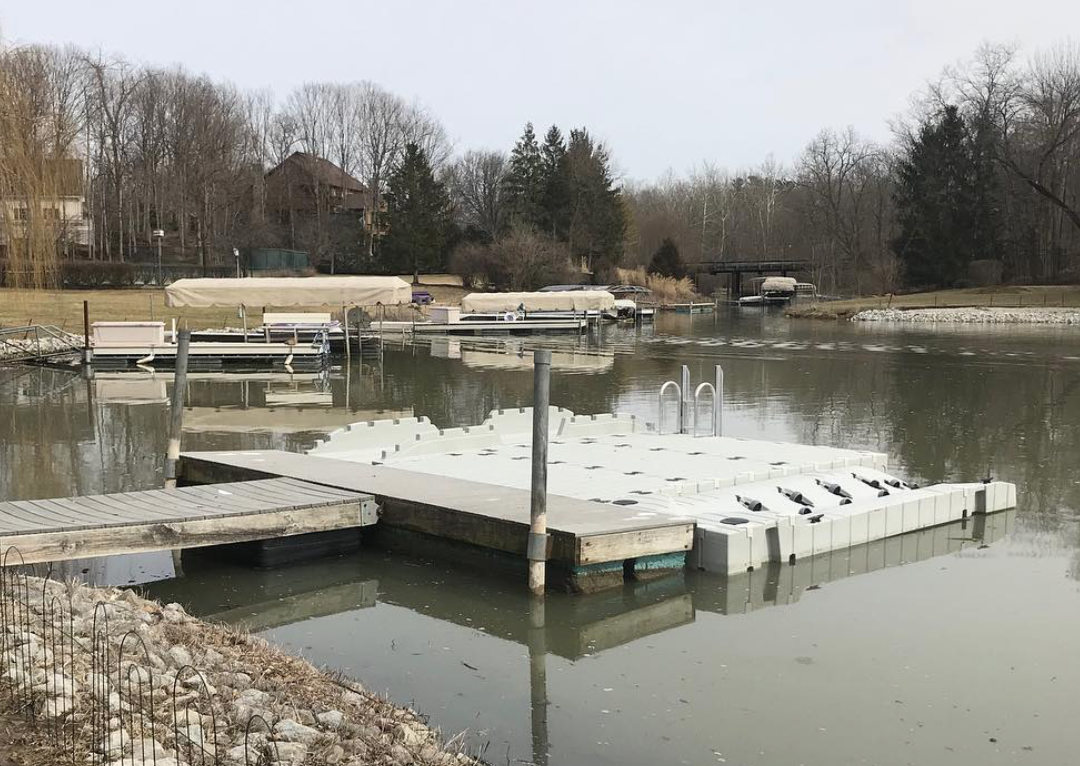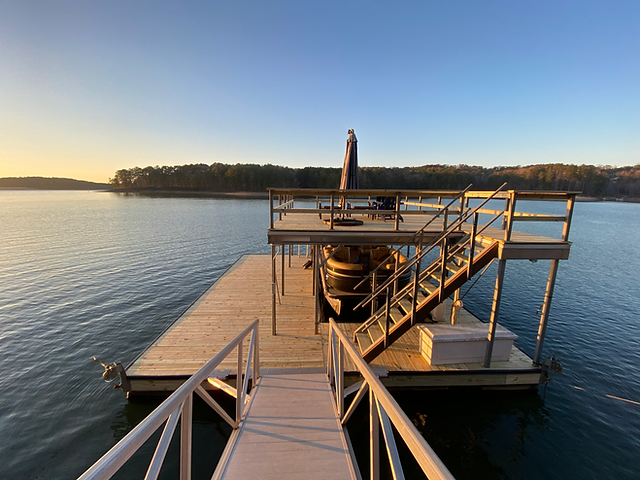Common Issues That Lead to Pricey Dock Repairs
Common Issues That Lead to Pricey Dock Repairs
Blog Article
Reliable Dock Repair Techniques: Ensuring Structural Integrity
Making sure the structural stability of docks through efficient repair techniques is paramount for the longevity and safety and security of marine centers. Subsequently, choosing the right fixing products, such as corrosion-resistant alloys and composite products, is vital for resilience.
Examining Dock Damages
Evaluating dock damages is a crucial very first step in guaranteeing the structural stability and safety and security of any kind of docking center. This preliminary assessment entails a comprehensive assessment to recognize both surprise and visible damages. Secret facets to check out consist of the dock's structure, pilings, decking, and equipment. Each part must be inspected for indicators of wear, rot, deterioration, or other types of degradation that might compromise the architectural integrity.
Architectural designers or qualified examiners typically do these assessments using specialized tools and methods. Underwater evaluations may use finder tools or from another location operated cars (ROVs) to find immersed damage. Above water, aesthetic assessments are matched by utilizing moisture meters and various other diagnostic devices to reveal underlying problems not right away visible to the nude eye.

Choosing Repair Work Materials
Choosing the proper fixing materials is a critical action in the dock repair procedure, one that straight affects the longevity and efficiency of the repaired structure. Material selection should be driven by aspects such as ecological problems, load-bearing needs, and compatibility with existing dock parts. For example, timber is a traditional choice for anchors due to its all-natural strength and visual allure. Selecting the best kind of wood, such as pressure-treated lumber or normally rot-resistant varieties like cedar or teak, is essential to stand up to water settings.
In enhancement to wood, composite products are progressively popular as a result of their longevity and reduced maintenance needs. Composites, typically made from a mix of plastic and wood fibers, supply exceptional resistance to rot, insects, and UV damages. For metal anchors, choosing corrosion-resistant alloys such as galvanized steel or marine-grade light weight aluminum is important to avoid corrosion and guarantee architectural stability in saline water problems.
Epoxy materials and marine-grade sealants are crucial for repairing fractures and sealing joints, giving a water-proof barrier and improving the dock's general toughness. By meticulously choosing high-grade materials, dock repair work can accomplish long-lasting results, thus guarding versus future degradation and guaranteeing risk-free, trusted use.
Structural Reinforcement Methods
Efficient structural reinforcement techniques are crucial in guaranteeing the stability and longevity of dock repairs. This approach is specifically reliable for docks exposed to heavy lots or rough environmental problems.
An additional vital method is the application of fiber-reinforced polymers (FRP) These products provide high strength-to-weight proportions and excellent resistance to deterioration, making them suitable for enhancing concrete or wood anchors. FRP can be used in sheets or strips and bonded with epoxy materials to improve architectural stability.
Bracing and securing systems likewise play a vital function in structural support. Cross-bracing, using steel or wooden beams, can counteract lateral forces, decreasing swaying and movement. Securing check over here systems, such as helical piers or driven stacks, offer a stable foundation by moving tons to much deeper, a lot more stable dirt layers.
Lastly, the assimilation of load-distribution plates can assist disperse weight much more evenly throughout the dock's surface, minimizing localized stress and anxiety points. These strategies collectively make certain that docks stay robust and secure, capable of standing up to the rigors of their operational setting.
Advanced Repair Work Approaches

One more sophisticated method entails undersea welding, which enables repair work to be carried out without the requirement to dewater the area. This technique is especially helpful for resolving architectural problems in submerged dock elements, guaranteeing marginal disturbance to procedures. Improved welding methods, coupled with robotic systems, deliver accuracy and integrity, consequently prolonging the life expectancy of the dock.
Additionally, cathodic protection systems are implemented to avoid corrosion in metal dock frameworks. By utilizing sacrificial anodes or amazed current systems, these strategies properly alleviate the electrochemical processes that lead to product damage.
Last but not least, progressed monitoring technologies, such as architectural health and wellness monitoring (SHM) systems, give real-time information on the condition of dock structures. These systems make it possible for positive maintenance and prompt interventions, ultimately making certain the long-lasting structural honesty of the dock.
Maintenance and Avoidance
Maintenance and avoidance are essential concepts that underpin the durability and safety of dock frameworks. Regular inspections are extremely important, enabling very early detection of damage, prospective weak points, and environmental influences. A positive strategy, including regular checks for deterioration, rot, and structural changes, reduces pricey repairs and lengthens the dock's operational life.
Precautionary actions ought to consist of applying protective coatings to metal components to protect versus rust and utilizing cured wood to withstand degeneration. Additionally, guaranteeing correct drainage and ventilation can stop water accumulation, which is a typical reason of architectural degradation. Integrating top quality products and adhering to producer standards throughout building and construction and repair work phases additionally play crucial roles in improving longevity.

Educating workers in dock maintenance best practices guarantees consistent application of safety nets. Leveraging technical breakthroughs, such as drones for examinations and sensing units for real-time monitoring, can further boost upkeep efforts. By prioritizing upkeep and avoidance, dock owners can ensure architectural stability, operational safety, and cost-efficient monitoring over the dock's life expectancy.
Conclusion
Finally, keeping the architectural find more integrity of aquatic facilities necessitates thorough dock repair service techniques. Thorough examinations utilizing advanced devices uncover both noticeable and concealed problems, while the selection of ideal repair work products improves durability. Applying structural support methods addresses stress and anxiety points properly. Advanced repair work strategies, coupled with normal maintenance methods, ensure the dock stays functional and safe under varied environmental conditions. Taking on these strategies substantially prolongs the life expectancy and performance of aquatic infrastructure.
Guaranteeing the structural stability of anchors via effective repair methods is vital for the long life and safety and security of aquatic centers.Selecting the appropriate repair work materials is a critical step in the dock repair procedure, one that straight affects the durability and efficiency of the fixed framework.Reliable architectural support strategies are critical in ensuring the stability and longevity of dock repairs. By prioritizing upkeep and avoidance, dock proprietors can make sure architectural stability, operational safety, and affordable administration over the dock's lifespan.
In conclusion, keeping the architectural stability of marine facilities necessitates thorough dock fixing methods.
Report this page